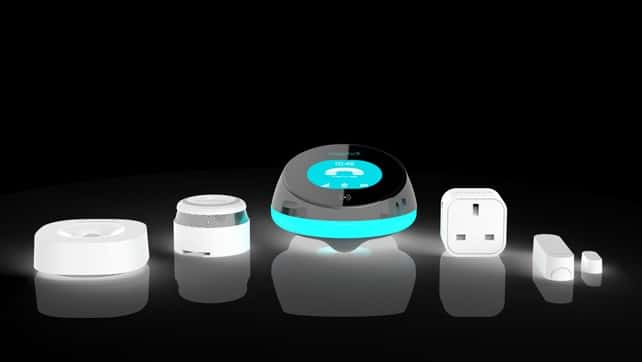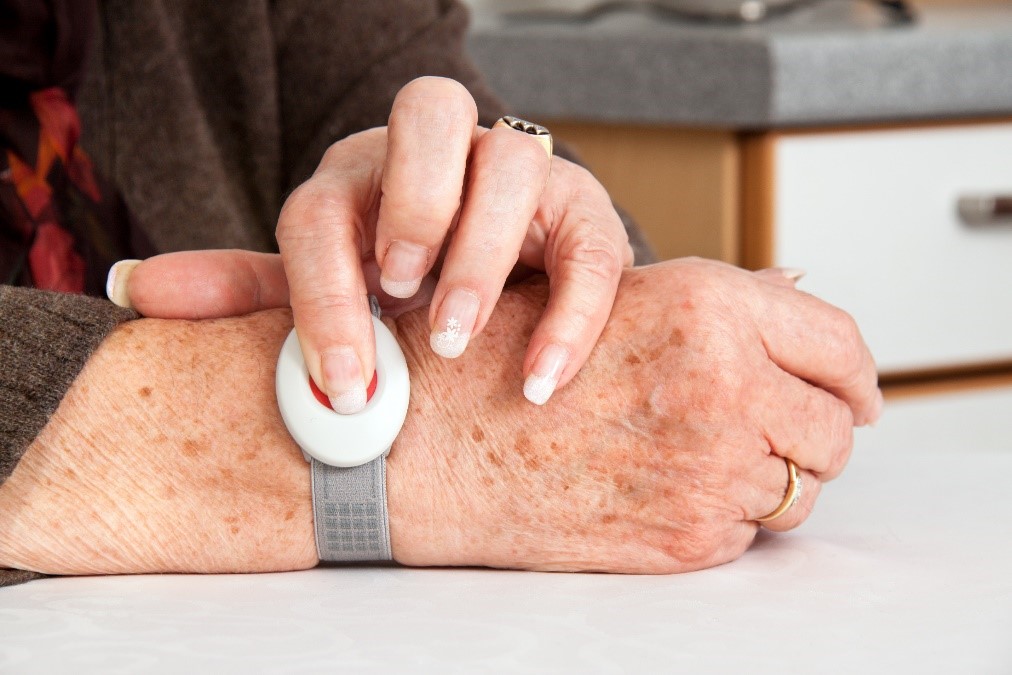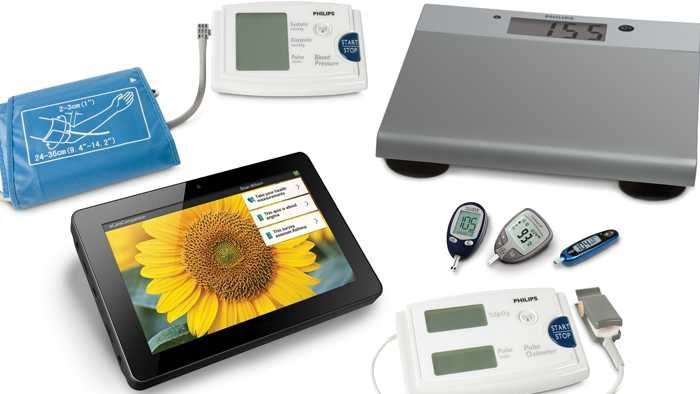Blogs
25 November 2020
Reading Time: 3 mins
Blogs
25 November 2020
Reading Time: 3 mins

Eseye
IoT Hardware and Connectivity Specialists
LinkedInThe demand for connected health – telehealth and telecare technology – skyrocketed in 2020, primarily fuelled by COVID-19 and the need to provide remote health monitoring to safeguard the vulnerable. A recent study forecasts a sevenfold growth in telehealth by 2025. The global pandemic has disrupted the healthcare industry and accelerated it towards a new era of smart health. Patient behaviour has shifted: a new survey in the US found that two-thirds are now willing to try virtual care because of the ongoing health crisis.
Telehealth encompasses a wide range of technologies, including remote patient monitoring (RPM) and enables healthcare to be delivered outside of the traditional healthcare setting – affording greater flexibility and reduced disease transmission risks. But for telehealth to work at optimum efficiency, it needs to be highly accurate and able to relay vital signs data in real-time. Telehealth devices demand exceptional IoT connectivity – the risk of latency comes at a high price, negatively impacting patient outcomes.
In this blog, we examine three areas of digital health and home care where connectivity is vital.

This involves connected devices in homes quietly monitoring the patient’s behaviour. Usually, the devices will not do anything or interfere, but critically they will spark action if they notice a concerning change.
Some may trigger an immediate response, e.g. a fall detector can immediately contact a care worker. Others may use more subtle indicators from data collected from multiple connected devices.
Alcuris’s Memo Hub is a good example of the latter. The hub connects smart devices around a person’s home, such as kettles and televisions, and backhauls this data to the Alcuris AWS cloud database, where it performs analytics to draw insights. This triggers alerts if their usual pattern of behaviour suddenly changes and can also monitor gradual changes which may indicate a need to review care regimes.

This is where IoT devices necessitate proactive action from the resident or carer.
Cameras or speakers in homes allow relatives or carers to check in at regular intervals. Panic buttons assure residents that someone will be there if they need them.
IoT-enabled GPS pendants can be carried outside the home, providing a direct line to help, and a way for that help to locate them.
This final area involves monitoring health conditions on an ongoing basis, combining the first two approaches and usually involving more personal and detailed health data. This is used both in clinical trials to understand drug efficacy and to monitor long-term conditions and treatment adherence.
Wearable movement detectors could be used to pick up subtle slowing movement in arthritis suffers. Diagnostic devices for blood pressure or fluid samples could monitor blood sugar levels in diabetics, or confirm medication has been taken, and upload them to healthcare databases. Many such offers combine sensors with self-reporting mechanisms, for example via a dedicated tablet device or software app.

An example is the Philips Motiva system, for patients with chronic conditions. This provides them with connected scales and devices to measure vital signs. The eCare companion tablet captures information via questionnaires and allows patients to monitor their condition and arrange video calls with carers. Due to the sensitive nature of the data, these devices are all managed through a single secure connected system, rather than utilising third-party devices.
These connected innovations present a huge business opportunity for tech companies, and cost reduction in health, care, and insurance. As populations age and more people live with chronic conditions and disabilities, this is a rapidly expanding opportunity for both business innovation and social good. Telehealth and telecare are transforming value-based care and creating digitally empowered patients; patients who are encouraged to lead their lives independently and take control of their chronic conditions.
Bringing IoT-powered smart healthcare into the home increases patients’ flexible access to essential care and improves health outcomes, all while alleviating the strain on primary, hospital and community care. Ensuring such devices have the connectivity to reliably capture, share and analyse data is key to success.
Find out how to incorporate the right connectivity into your healthcare device.
Download our whitepaper
Eseye
IoT Hardware and Connectivity Specialists
LinkedInEseye brings decades of end-to-end expertise to integrate and optimise IoT connectivity delivering near 100% uptime. From idea to implementation and beyond, we deliver lasting value from IoT. Nobody does IoT better.
Predictable performance is the key to IoT success. Let our experts test your device for free. Receive a free trial IoT SIM trial kit and speed up your IoT deployment with expert insights and seamless connectivity.